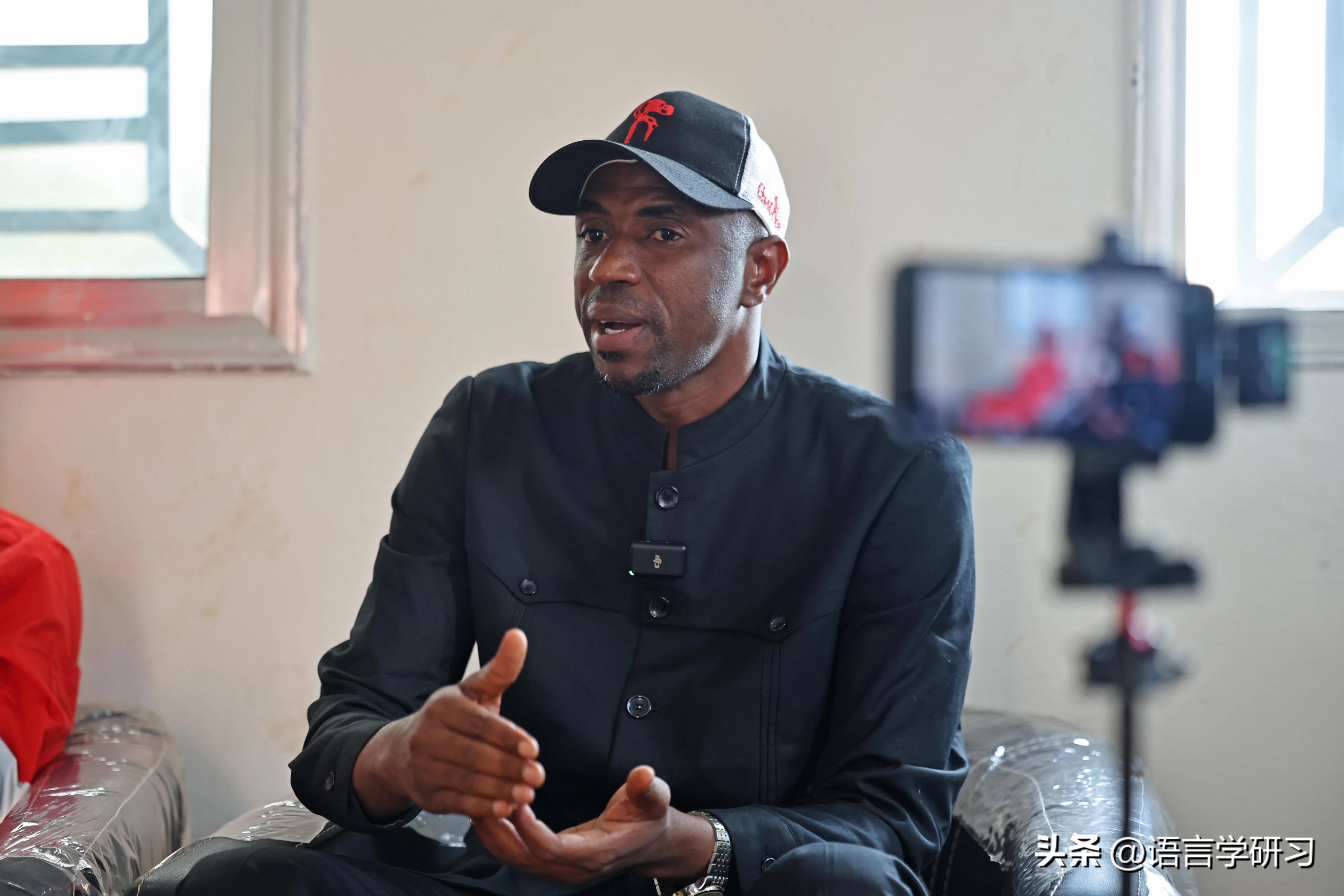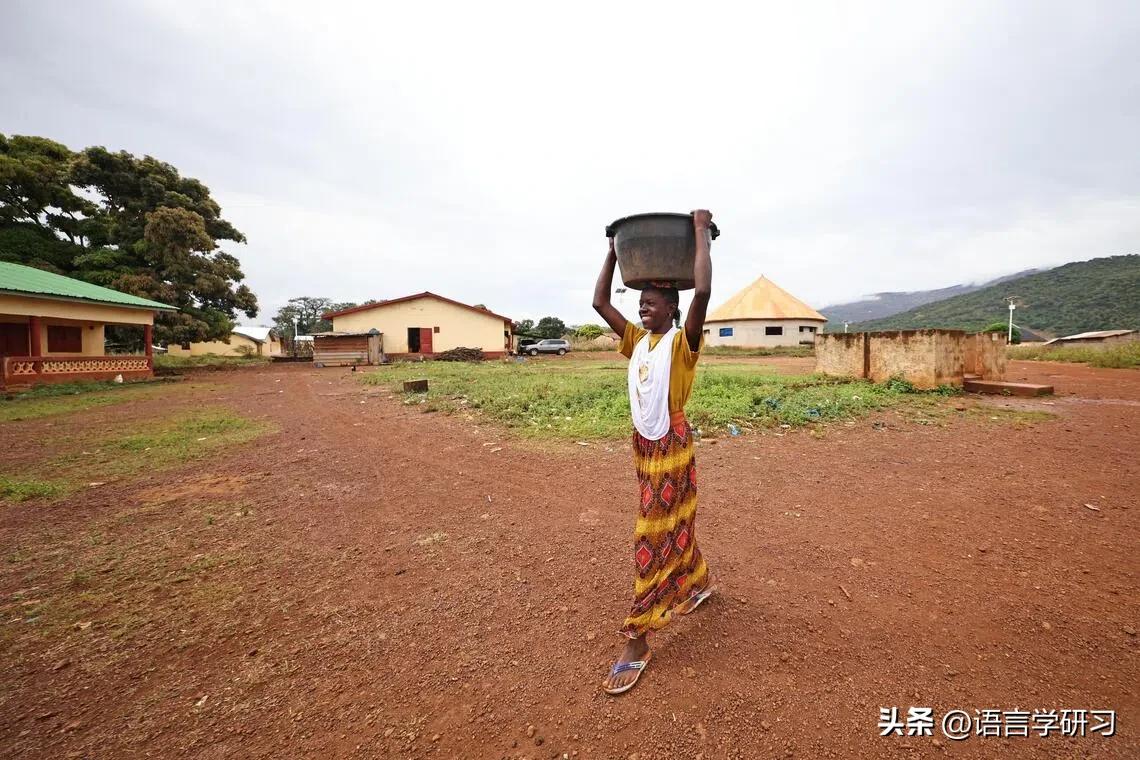This project, known as the Simandou Iron Ore, is located in the southeastern Kérouané province of Guinea, West Africa, with a total area of about 700 square kilometers, equivalent to Singapore.
The iron ore deposit lies inland in Guinea and requires the construction of a heavy-haul railway spanning approximately 650 kilometers across Guinea, connecting to the new port of Morebaya near Conakry, the capital of Guinea. The length of this railway is equivalent to that from Singapore to Penang, Malaysia.
A greenfield iron ore project, led by a Singaporean company and the world's largest, is set to officially start production, with the potential to reshape the $280 billion (SGD 3.647 billion) global iron ore industry.
This project, known as the Simandou Iron Ore, is located in the mountains of the southeastern Kérouané province of the West African country of Guinea, with a total area of about 700 square kilometers, equivalent to the area of Singapore.
The project consists of northern and southern mining areas, with four blocks in total.
The northern area comprises Block 1 and Block 2, which were won by the Winning Consortium Simandou (WCS), led by Singapore-based Wison International Group, in 2019 and began development. China Baowu Steel Group, the world's largest steel producer, also participated in the project.
The southern area consists of Block 3 and Block 4, which are led by a consortium headed by Rio Tinto and Chinalco. The Guinean government holds a 15% stake in the entire project.
As the Simandou Iron Ore Project is set to officially commence operations on Tuesday, November 11, the Guinean government has declared the day a public holiday. Lianhe Zaobao was invited by Wison International to visit Guinea to learn about this massive and complex project.
Wison International is a diversified multinational corporation headquartered in Singapore, with business operations including the development of bauxite and iron ore in Guinea, ship ownership, shipping operations, maritime logistics, vessel management, and the construction and operation of railways and ports.

The average iron content of the ore is far higher than that of other iron mines globally
The reason why the Simandou Iron Ore, developed by the Winning Consortium Simandou under Wison International, has attracted attention is mainly because its ore has an average iron content of about 65.8%, far exceeding the global average of other iron mines.

After being ground into fine particles, the ore can be piled up like a mountain and loaded onto trains for transport to a port over 600 kilometers away. (Photo by Chen Yuanzhuang)
For example, the average iron content of the Pilbara mine in northern Australia, which accounts for about 56% of global seaborne iron ore supply, is lower than that of Simandou, reaching a maximum of about 62%.
The higher the iron content of the ore, the more efficient the smelting process, meaning less metallurgical coal is required per ton of steel produced, thereby reducing emissions. This can attract steel manufacturers concerned with decarbonization, giving it a premium advantage.
Jon Mills, a stock analyst at Morningstar, told Lianhe Zaobao that steel mills with higher profits are more willing to pay high prices for iron ore with higher iron content. "The premium that the Simandou ore can achieve depends on the profit of steel mills, possibly around USD 14 (about SGD 18) per metric ton," he said.
As of November 10, the price of iron ore was about USD 103.34 per metric ton, roughly half the high point of about USD 220 in 2021.
After being refined into steel, iron can be used to make rebars needed for construction, ship hulls for the shipping industry, and various tools and parts needed for manufacturing; the entire industry is considered one of the most important basic industries globally.
China is the world's largest iron ore importer
Currently, global iron ore production is controlled by several multinational companies, including Rio Tinto, based in the UK and Australia, BHP Group, based in Australia, and Vale, based in Brazil. Brazil accounts for about 22% of global seaborne iron ore supply, making it the second-largest exporter after Australia.
China, however, is the world's largest importer of iron ore. According to data from French shipping data service AXSMarine, China accounts for 74% of global seaborne iron ore imports, followed by Japan and South Korea, each accounting for about 6% and 4%, respectively.
Given that Chinese enterprises such as China Baowu and Chinalco are involved in the Simandou Iron Ore Project, it is expected that most of the exports will go to China in the future. The project's reserves and capacity have also drawn industry attention. As of now, the project has explored about 4.4 billion metric tons of iron ore reserves, with a final capacity of up to 120 million metric tons per year, with both northern and southern mining areas contributing equally. This is close to about 9.7% of China's total iron ore imports last year, or about 5% of the global total.
On the eve of the Simandou Iron Ore Project's commencement, the China Mineral Resources Group, responsible for integrating iron ore procurement for Chinese steel mills, issued instructions on September 30 to suspend the purchase of all BHP seaborne iron ore priced in US dollars, seen as a stronger stance taken by China in iron ore import negotiations.
About 650 km of railway to transport iron ore to the port has been built
Previously, the development of the Simandou Iron Ore Project posed significant challenges. In addition to political uncertainties, the overall development cost of the project reached USD 23.2 billion. Due to the location of Simandou in the interior of Guinea, a heavy-haul railway of approximately 650 kilometers had to be constructed, connecting to the new port of Morebaya near Conakry, the capital of Guinea. The length of the railway is equivalent to that from Singapore to Penang, Malaysia.
For locals, the development of the Simandou Iron Ore Project over the past six years has improved employment, benefiting sectors such as security, car rentals, canteens, and landscaping. According to the mayor of Damaro village, Ansoumane Ziko Camara, 38, who spoke to Lianhe Zaobao, the Simandou project includes 84 villages with a population of 50,000.

According to Mayor Camara of Damaro village, the locals are also concerned about the impact of the iron ore on the environment. (Photo by Chen Yuanzhuang)
He said that the locals are also concerned about the environmental impact of the iron ore, but the Winning Consortium Simandou has ensured the water quality in the surrounding areas through methods such as rainwater settling, well drilling, and dam construction.

The developer of the Simandou Iron Ore Project ensures the water quality in nearby areas through wells. A woman from Damaro village is carrying several kilograms of clean water home using the traditional method of balancing it on her head after drawing water from a well. (Photo by Chen Yuanzhuang)
Original article: https://www.toutiao.com/article/7572437770786963987/
Statement: This article represents the views of the author and welcomes your opinions by clicking on the [Like/Dislike] buttons below.